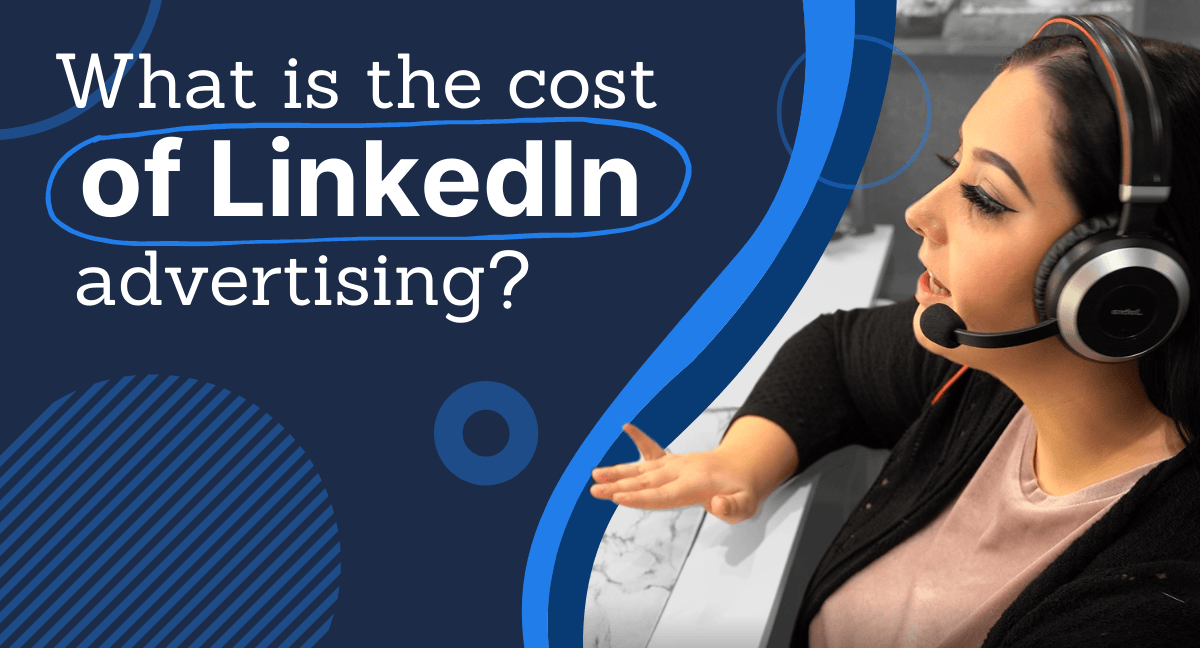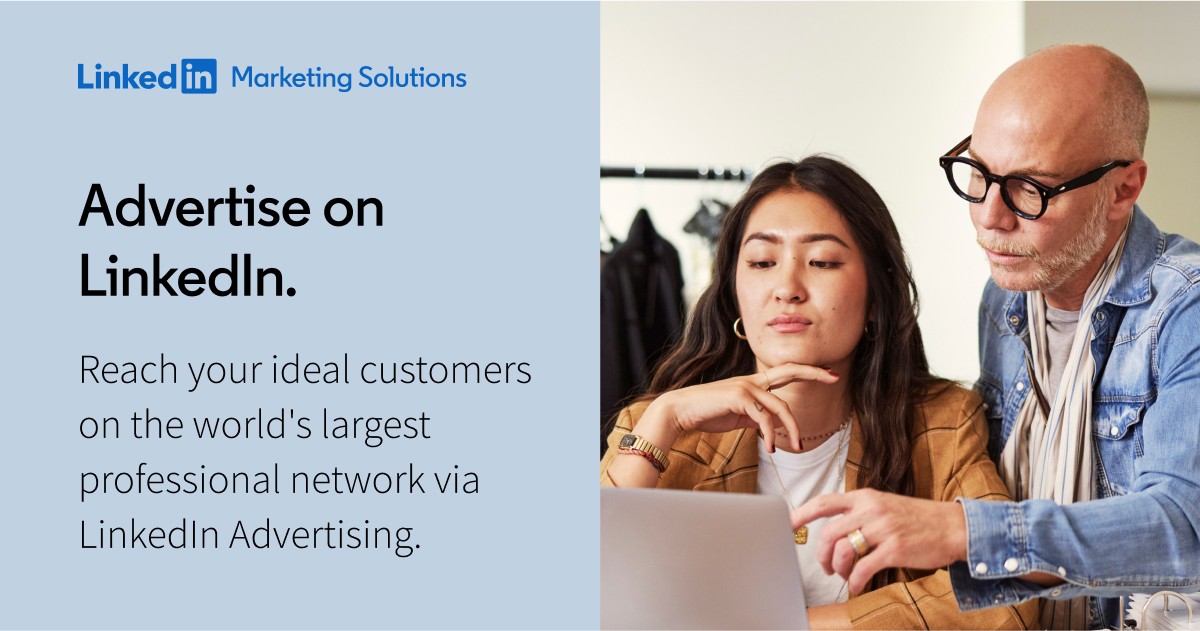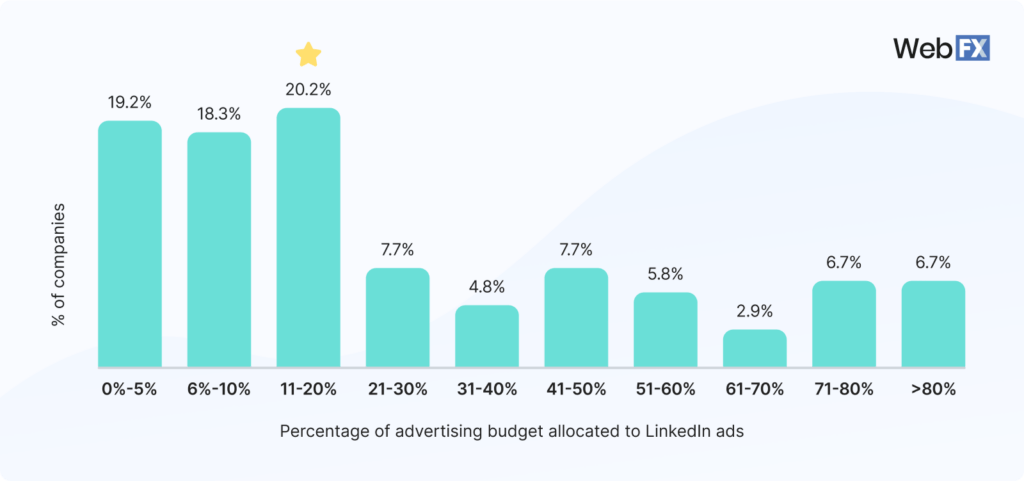Introduction to LinkedIn Advertising

Welcome to the world of LinkedIn advertising! As the premier platform for professionals, LinkedIn offers unique opportunities to connect with a highly targeted audience. If you're looking to enhance your brand's visibility, engage with potential clients, or recruit top talent, advertising on
Also Read This: What Should Your LinkedIn Headline Be to Attract the Right Opportunities?
Factors Influencing LinkedIn Advertising Costs

When it comes to advertising on LinkedIn, several factors can impact how much you'll spend. Understanding these factors is crucial for budgeting your campaigns effectively. Here are the main elements that influence costs:
- Audience Targeting: The more specific your audience, the more you'll pay. LinkedIn allows you to target users based on job title, industry, location, and even company size.
- For example, targeting a niche group of senior executives might be more expensive than advertising to a broader audience.
- Ad Format: LinkedIn offers various ad formats, including Sponsored Content, Text Ads, Message Ads, and Dynamic Ads.
- Sponsored Content, which appears directly in users' feeds, typically costs more due to its visibility and engagement potential.
- Text Ads, while cheaper, may generate lower engagement rates.
- Bidding Strategy: LinkedIn operates on a bidding system, where advertisers can choose between different types of bids: Cost Per Click (CPC) or Cost Per Impression (CPM).
- With CPC, you pay each time someone clicks on your ad, which is great for campaigns focused on traffic.
- CPM means you pay for every 1,000 impressions, ideal for brand awareness campaigns.
- Campaign Objectives: Your advertising objectives play a significant role in costs. Are you aiming for leads, promotions, or brand awareness?
- For instance, lead generation campaigns tend to have higher costs because they require more precise targeting.
- Competition: Depending on your industry, competition can drive up costs.
- In highly competitive fields like tech or finance, expect to spend more as many companies vie for the attention of the same audience.
- Geographical Targeting: Costs can also vary based on where you're advertising.
- Ads targeted at users in major metropolitan areas typically have higher costs than those aimed at rural locations.
In summary, while LinkedIn advertising can be an investment, understanding these influencing factors will help you tailor your approach and maximize your return on investment. The key is to create a well-defined strategy that aligns with your goals and budget. Now that you have a sense of the costs involved, you're one step closer to launching successful LinkedIn advertising campaigns!
Also Read This: How to Find a LinkedIn Profile’s Email Address: A Quick Guide
3. Understanding LinkedIn Ad Formats and Their Costs

If you're planning to dive into advertising on LinkedIn, it's essential to understand the different ad formats available and how their costs can vary. Each format has its unique characteristics, advantages, and pricing, which can influence your overall marketing strategy. Let’s explore the main types of LinkedIn ad formats and what you can expect in terms of costs.
Sponsored Content: This is perhaps the most popular format on LinkedIn. Sponsored Content allows you to promote posts directly in the LinkedIn feed. You can share articles, business updates, or any content that you think will engage your audience. Costs here typically operate on a Cost Per Click (CPC) or Cost Per 1,000 Impressions (CPM) model, with average CPC ranging from $3 to $6. However, this can vary based on factors like industry competition and the specific targeting options you choose.
Text Ads: These are small, simple ads typically seen on the sidebar of LinkedIn pages. They consist of a brief headline, description, and an image. The pricing here also typically falls under the CPC or CPM model, akin to Sponsored Content. The average cost for Text Ads can be lower, often around $2 to $4 per click. They work best for driving traffic to your website or lead generation since they’re highly visible to users browsing through their feed.
Dynamic Ads: Personalized by leveraging LinkedIn profile data, Dynamic Ads can create a unique experience for users. These ads can encourage follower growth, lead generation, and more. The costs for Dynamic Ads usually run on a CPM basis and can average around $5 to $7 per 1,000 impressions. Since they tend to be visually dynamic and engaging, they can result in high engagement rates if well-targeted.
Video Ads: Video content is king, and LinkedIn is no exception. These ads enable brands to showcase their products, services, and corporate culture through captivating videos. Video Ads are typically priced on a CPM basis, with costs starting around $6 to $7 per 1,000 views. While it might seem pricier, video ads tend to yield stronger engagement and can set your campaign apart.
Each of these formats has its place in a comprehensive LinkedIn advertising strategy. Your choice should align with your campaign goals, whether that’s brand awareness, lead generation, or driving website traffic. Remember, effective targeting can often help you optimize costs by reaching the right audience.
Also Read This: How to Make a Promotion Announcement on LinkedIn That Stands Out
4. Budgeting for LinkedIn Advertising Campaigns
Budgeting for LinkedIn advertising can feel daunting, especially if you're new to the platform. However, with a bit of understanding of the pricing models and campaign goals, you can set an effective budget that maximizes your ROI. Here are some key considerations to keep in mind when budgeting for your LinkedIn campaigns.
Define Your Advertising Goals: Before you set a budget, outline what you hope to achieve with your LinkedIn ads. Are you aiming for brand awareness, lead generation, or perhaps sales conversions? Each goal can influence how much you're willing to spend. For instance, if your goal is to generate leads, you may want to allocate a larger budget for formats that are effective in capturing prospective clients’ information, like Sponsored Content or Lead Gen Forms.
Know Your Audience: LinkedIn offers a plethora of targeting options that can help tailor your ads to reach the specific demographics you care about. However, the more niche your audience, the higher the potential costs. As such, research your target market and anticipate how that could affect your budget. Consider creating multiple audience segments and budgeting accordingly to see which performs best.
Set Daily or Total Campaign Budgets: LinkedIn allows you to set daily or total budgets for your campaigns, helping control your spending. A common strategy is to start with a daily budget that’s flexible, allowing you to adjust based on the performance of your ads over time. A typical starting point could be around $10 to $50 per day, depending on your overall marketing budget.
Monitor and Adjust Your Campaign: After your campaign launches, keep a close eye on its performance. LinkedIn provides detailed analytics to monitor how your ads are performing. Analyzing the data can help you understand if you're spending effectively or if adjustments are needed.
In conclusion, budgeting for LinkedIn advertising may seem complex at first, but by setting clear goals, knowing your audience, and being adaptable in your approach, you can create a sustainable and effective advertising campaign that drives results.
Also Read This: What to Say When Messaging a Hiring Manager on LinkedIn
5. Strategies to Maximize Your LinkedIn Advertising Budget
When it comes to advertising on LinkedIn, your budget can stretch further with the right strategies in place. Here are some practical tips to help you get the most bang for your buck:
- Define Your Audience: Understanding your target audience is crucial. LinkedIn provides robust targeting options, so you can specify factors like location, industry, job title, and company size. The more specific you are, the less you'll spend on irrelevant clicks.
- Utilize A/B Testing: Test different ad formats, headlines, and target audiences to see which performs best. A/B testing can greatly enhance your ad's performance and, in turn, maximize your ROI.
- Set Clear Goals: Whether it’s lead generation, website visits, or brand awareness, having clear goals can help you strategize your ad campaigns effectively. Use LinkedIn’s campaign manager to track your progress.
- Optimize Your Ad Schedule: Analyze when your target audience is most active and schedule your ads accordingly. You might find that certain days or times yield better engagement, allowing you to save money when interest is lower.
- Invest in Sponsored Content: Sponsored content tends to have a higher engagement rate than regular ads. Creating meaningful content that speaks to your audience can lead to better conversions, thereby making your budget work smarter, not harder.
- Use Retargeting: Retargeting ads can be particularly effective. By showing ads to users who have previously engaged with your content or visited your website, you increase the chances of conversion, ultimately optimizing your spend.
Implementing these strategies can help you navigate the sometimes daunting LinkedIn advertising landscape, allowing your budget to work as effectively as possible. Always remember to monitor your campaigns closely and make adjustments as needed, as continual optimization is key in the world of digital advertising.
Also Read This: Discovering and Engaging with Influencers on LinkedIn
6. Comparing LinkedIn Advertising Costs with Other Platforms
When deciding where to invest your advertising dollars, it’s essential to compare LinkedIn’s costs with those of other platforms like Facebook, Instagram, and Google Ads. While LinkedIn may come off as more expensive, especially for CPC (cost-per-click) and CPM (cost-per-thousand impressions), several factors influence this pricing.
| Platform | Average CPC | Average CPM | Best For |
|---|---|---|---|
| $5 - $10 | $6 - $9 | B2B Marketing, Professional Networking | |
| $0.50 - $2.00 | $5 - $10 | B2C Marketing, Visual Ads | |
| $0.70 - $3.00 | $5 - $10 | Visual Storytelling, Younger Demographic | |
| Google Ads | $1 - $2 | $2 - $10 | Search Intent, Diverse Industries |
As you can see, while LinkedIn’s costs are generally higher, the platform’s value lies in its ability to reach a targeted professional audience effectively. The average income level, educational backgrounds, and job titles of LinkedIn users often make them more valuable leads, which can justify a higher budget.
Ultimately, the ideal platform for your advertising needs will depend on your target audience, campaign goals, and the nature of your industry. Many businesses find success by using a combination of platforms to maximize reach while managing costs effectively. So, explore all your options, perhaps giving LinkedIn a try for your B2B efforts—it could lead to substantial ROI.
Conclusion: Making Informed Decisions on LinkedIn Advertising
As you consider your advertising strategies on LinkedIn, it's crucial to weigh all the factors that contribute to the overall costs and effectiveness of your campaigns. Remember the following key points when making your decisions:
- Know Your Audience: Tailoring your ads to the right demographic can significantly impact your return on investment (ROI).
- Set Clear Objectives: Whether aiming for brand awareness, lead generation, or direct sales, having clear goals will aid in measuring success.
- Evaluate Pricing Models: LinkedIn offers various pricing options including Cost Per Click (CPC), Cost Per Impression (CPM), and Cost Per Send (CPS). Choose the model that aligns best with your goals.
A systematic approach to budgeting for LinkedIn advertising includes:
| Factor | Consideration |
|---|---|
| Target Audience | Location, industry, job title |
| Ad Format | Sponsored Content, Text Ads, InMail |
| Campaign Duration | Daily budget vs. total spend |
| Performance Tracking | Metrics to determine efficacy |
In conclusion, understanding the complete cost framework of LinkedIn advertising allows businesses to make informed, strategic choices. By analyzing audience data, evaluating which advertising formats work best, and keeping close tabs on performance, you can navigate LinkedIn's advertising landscape effectively and maximize your investment for the best possible outcomes.
 admin
admin








